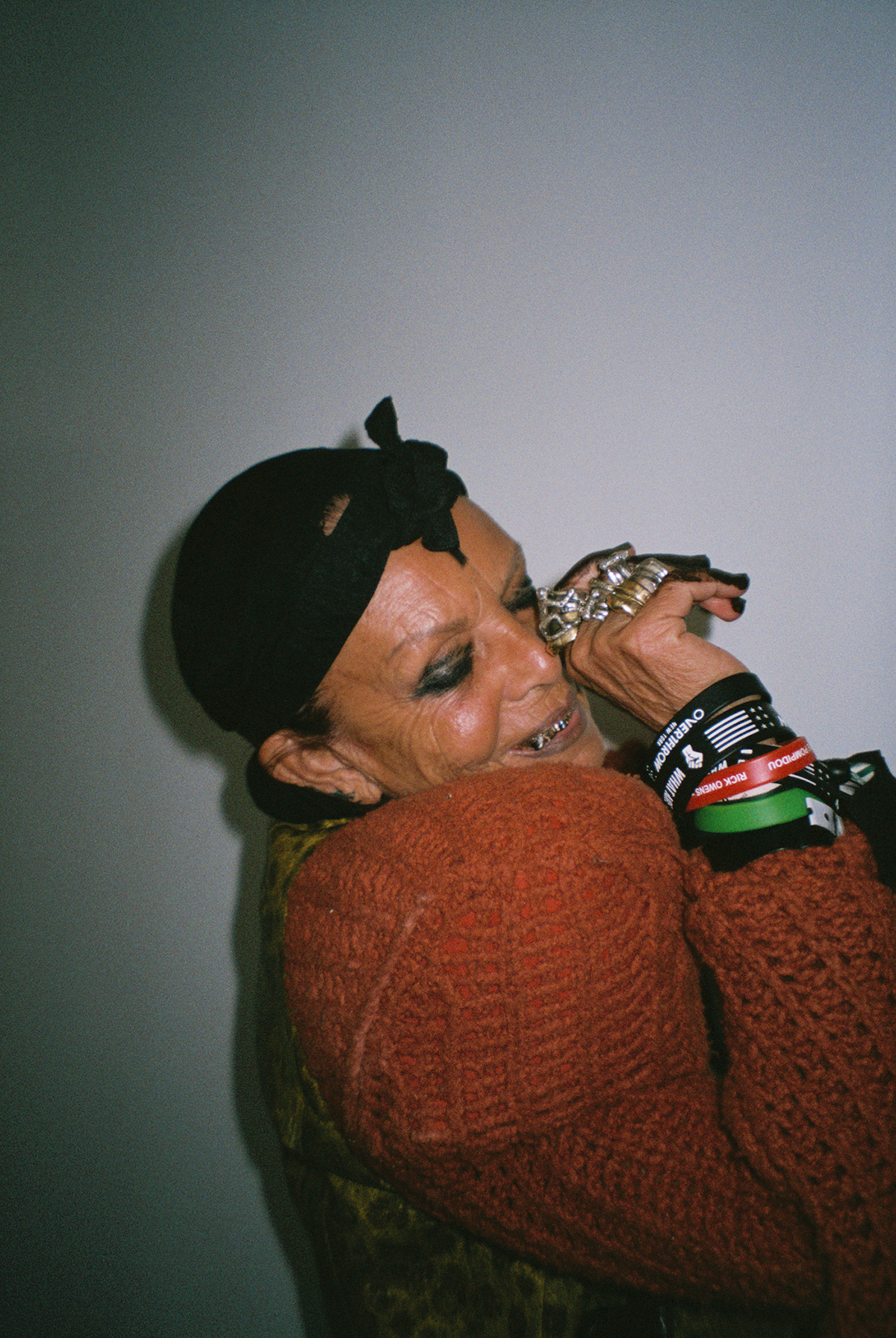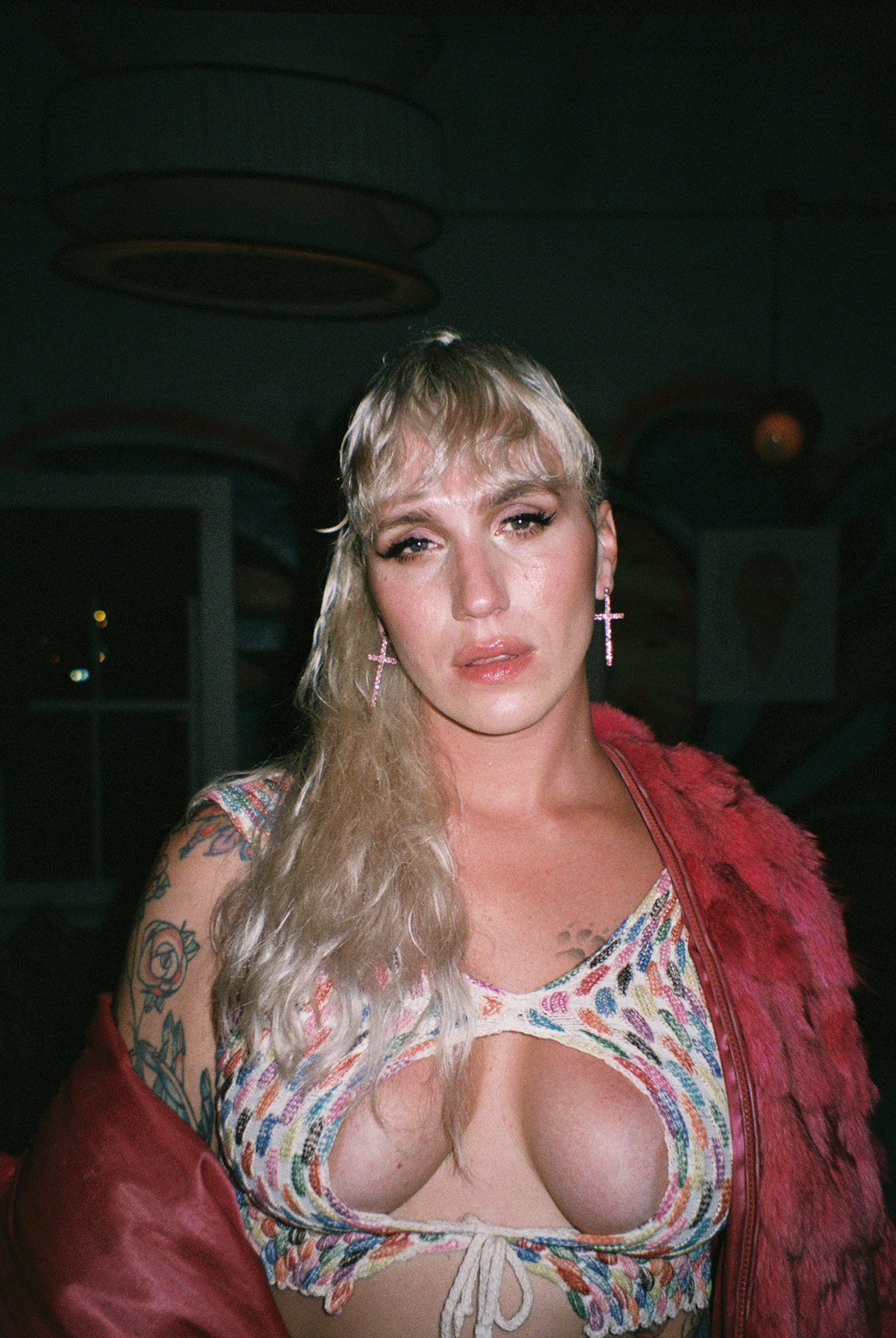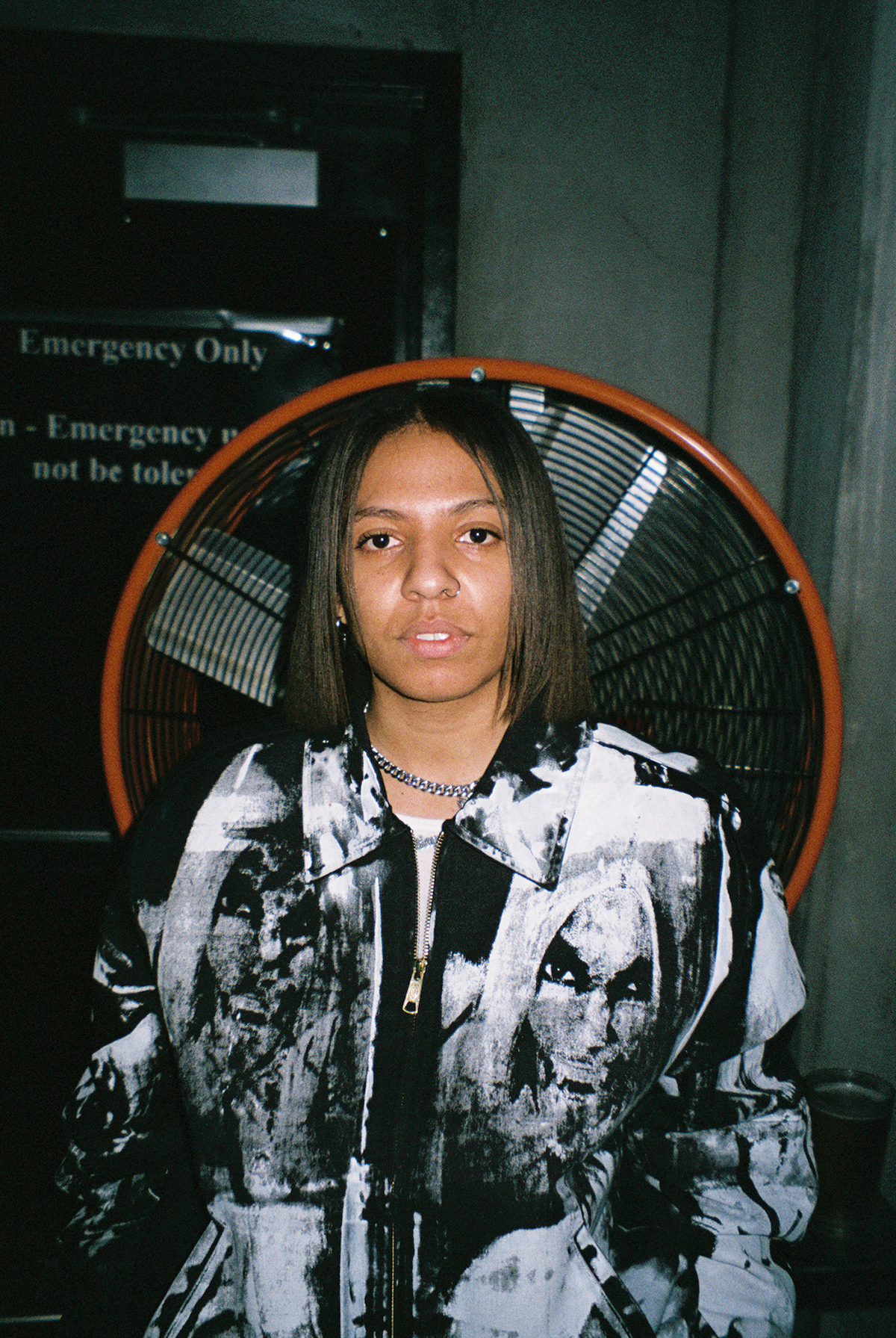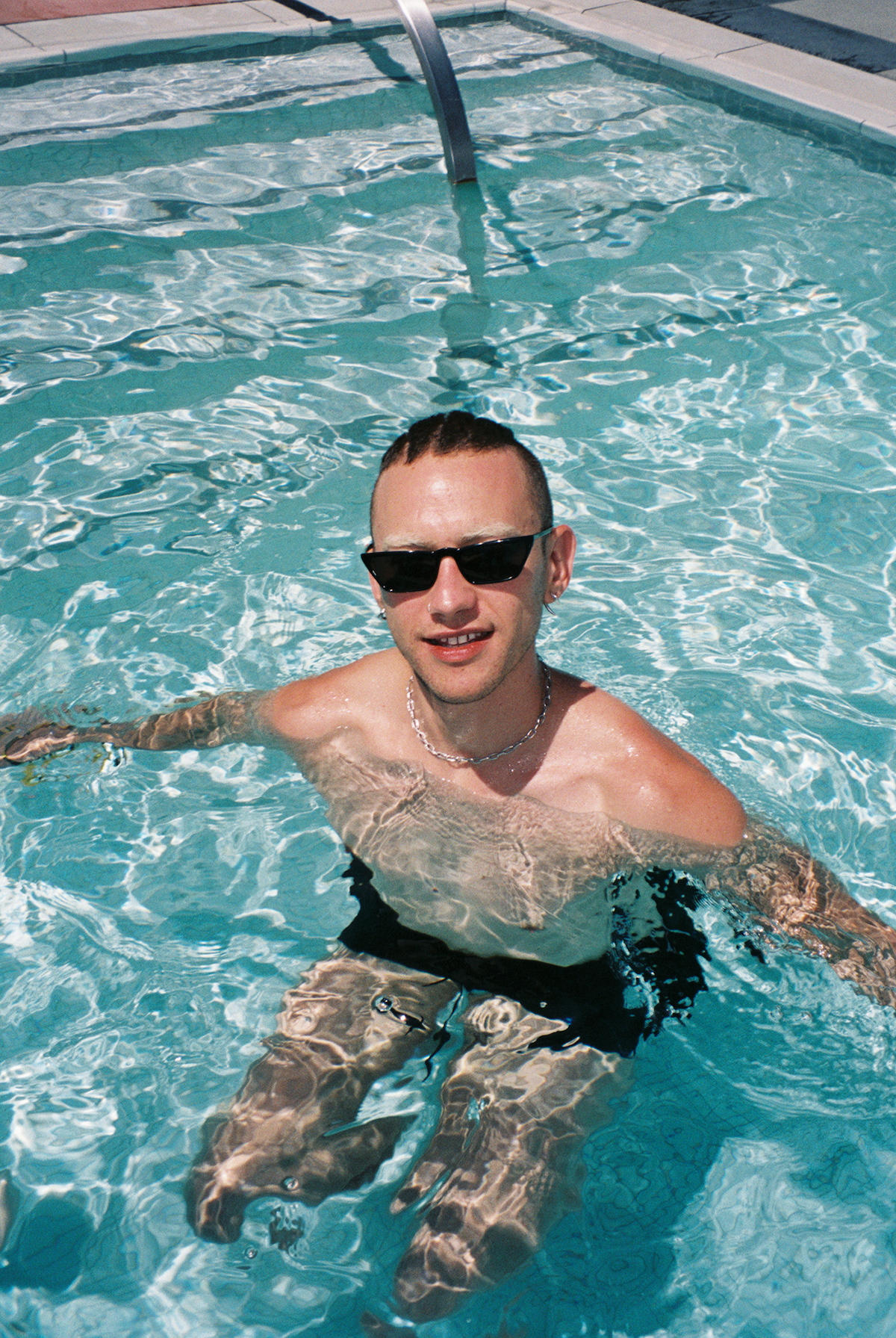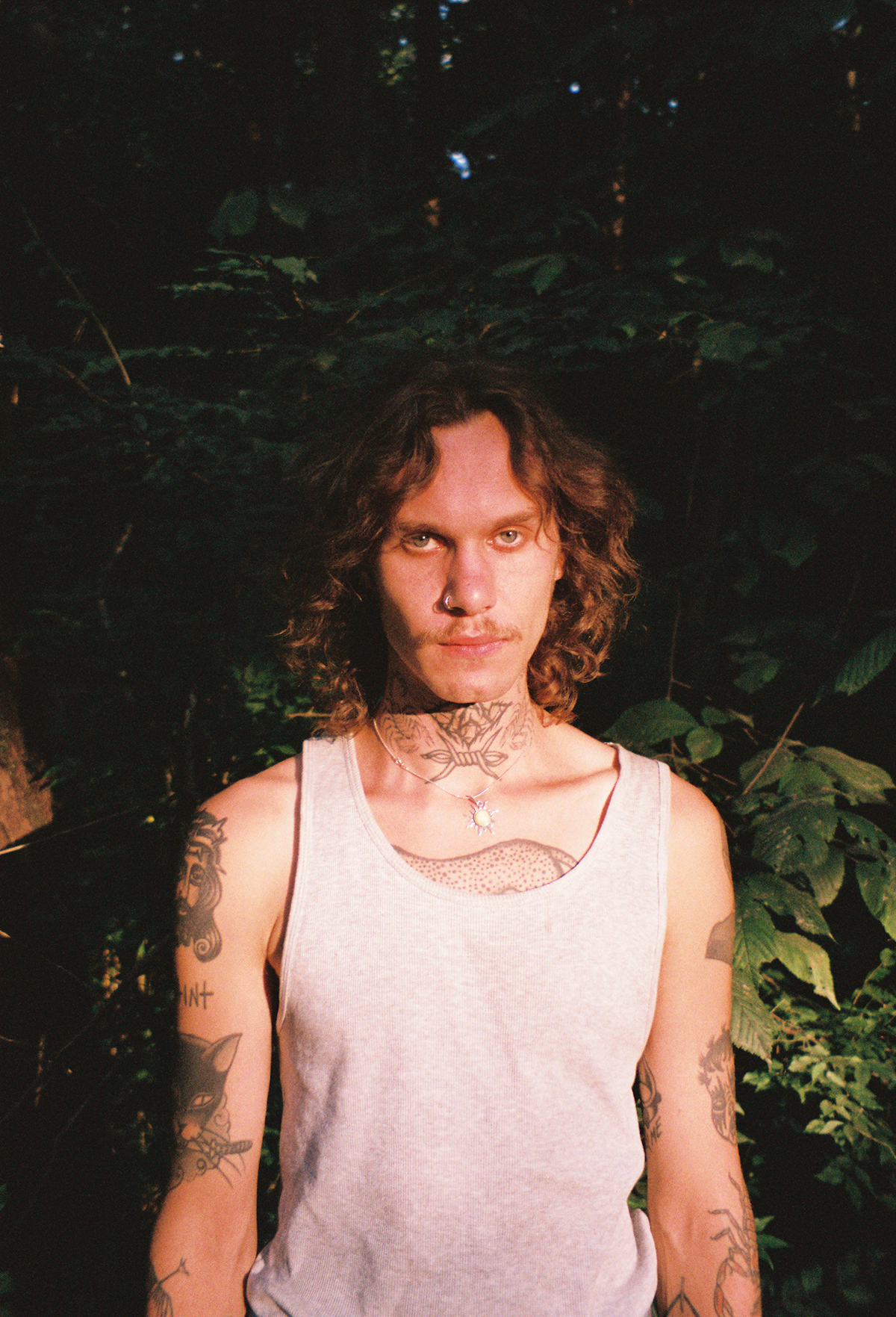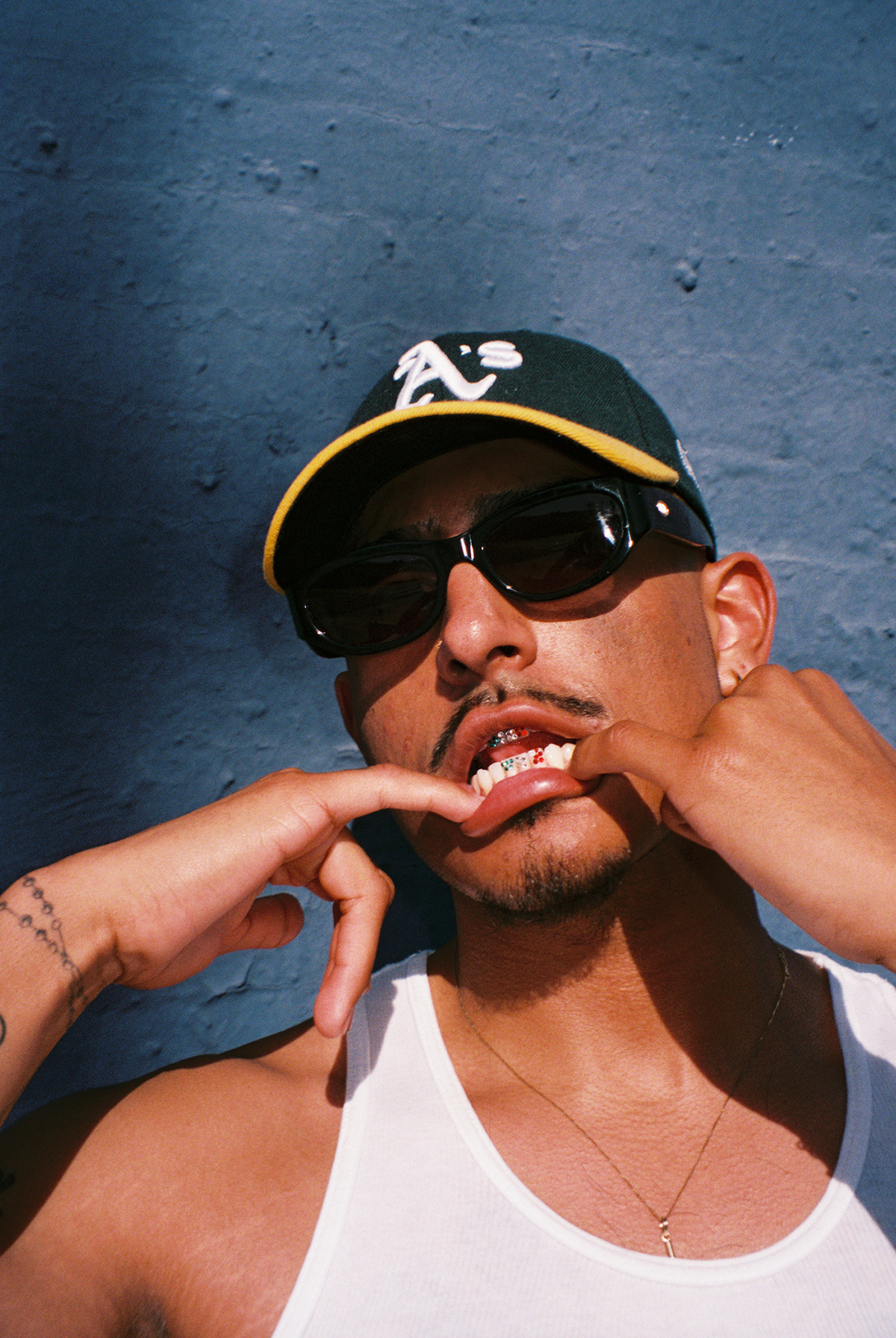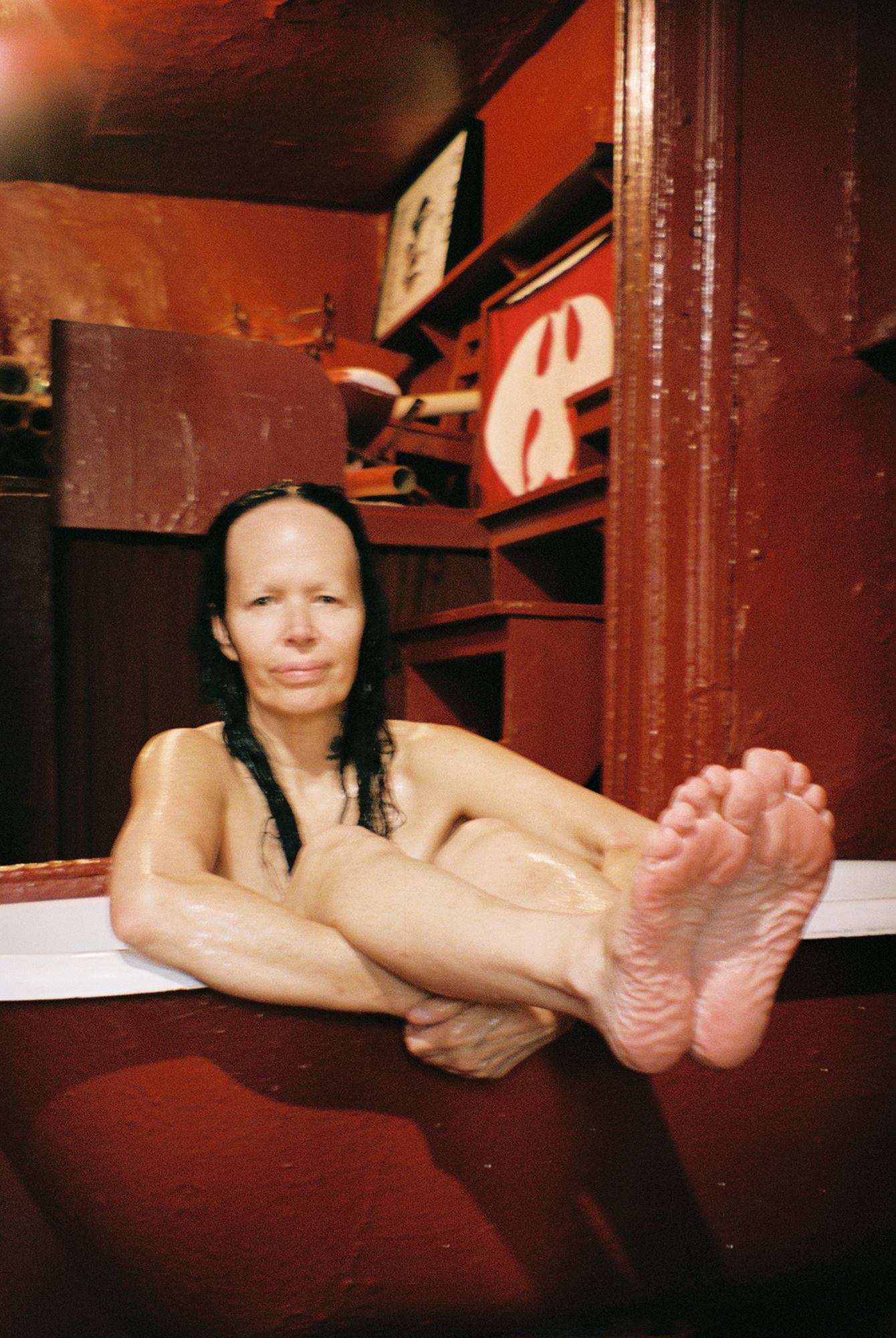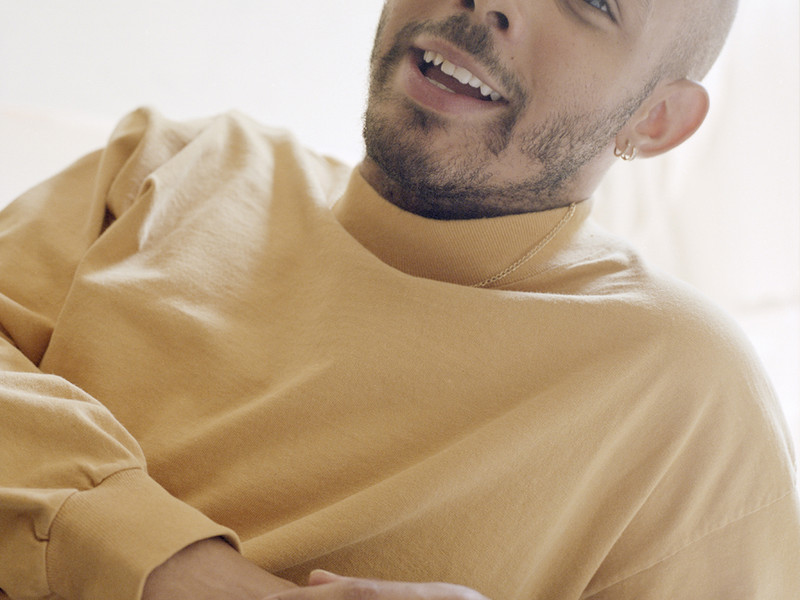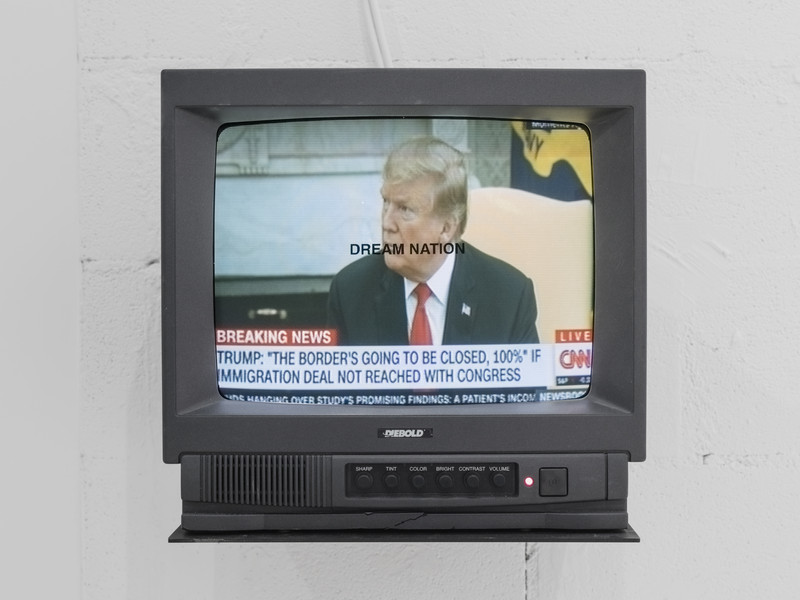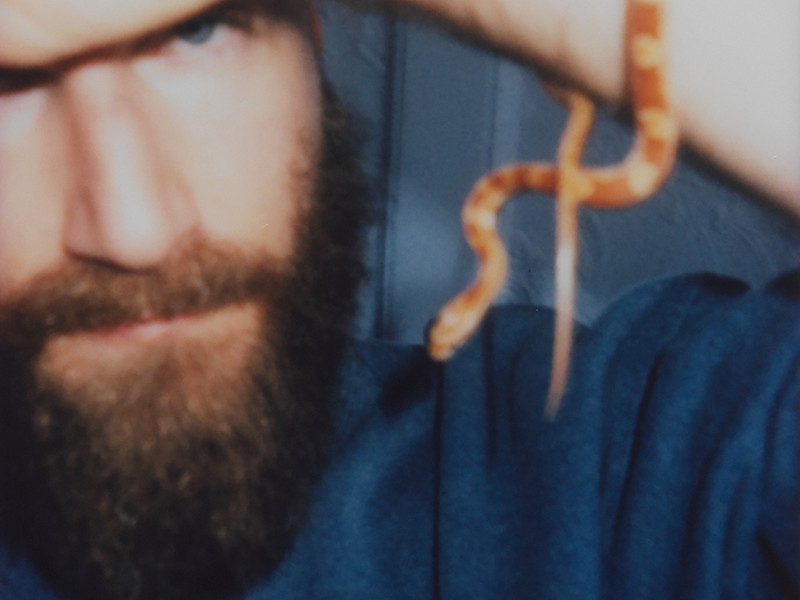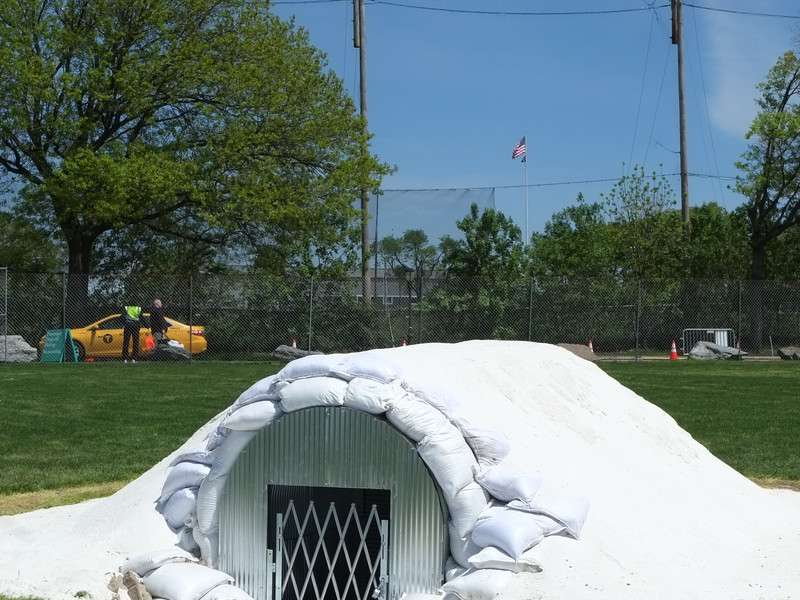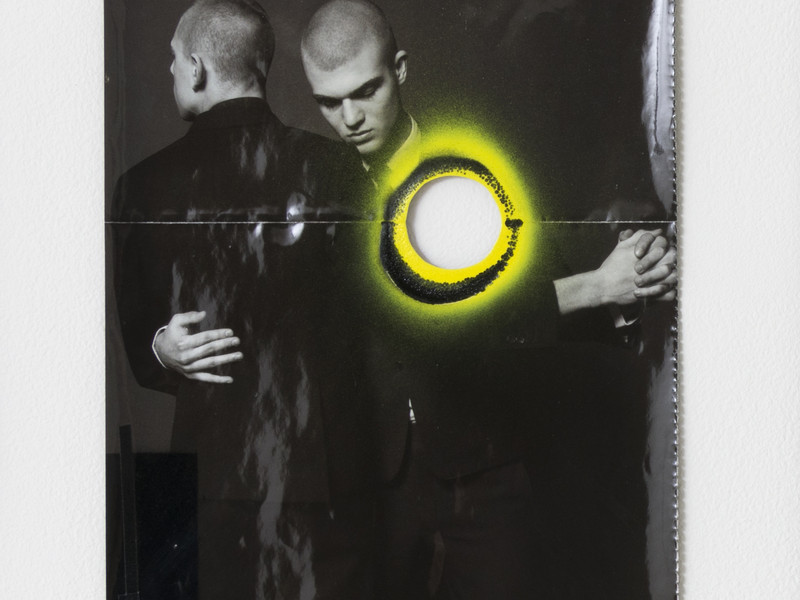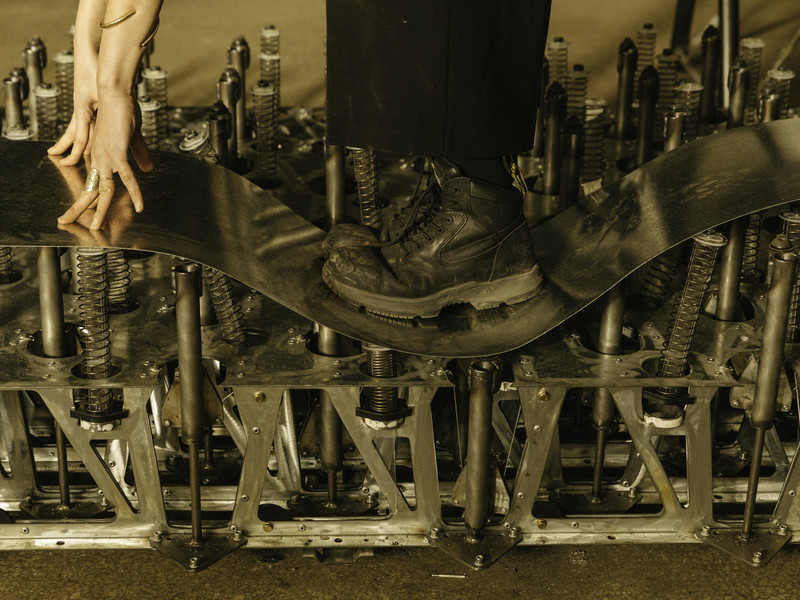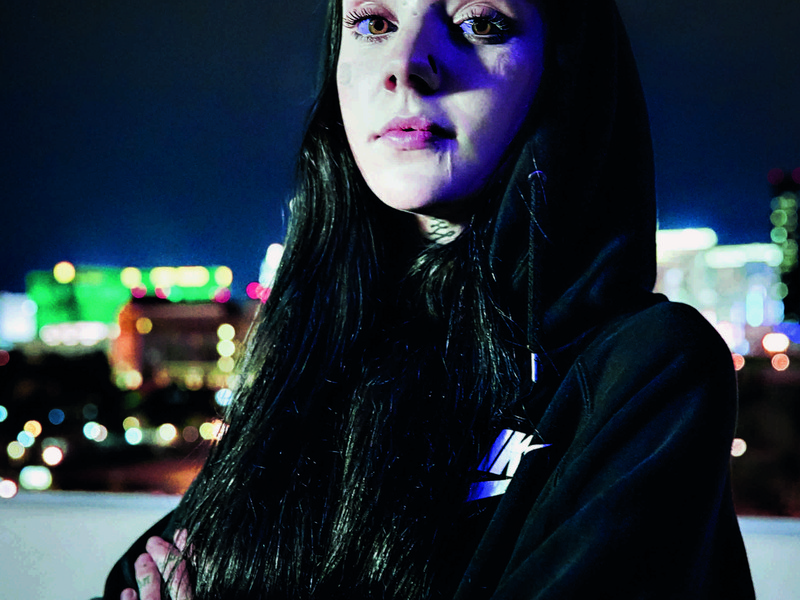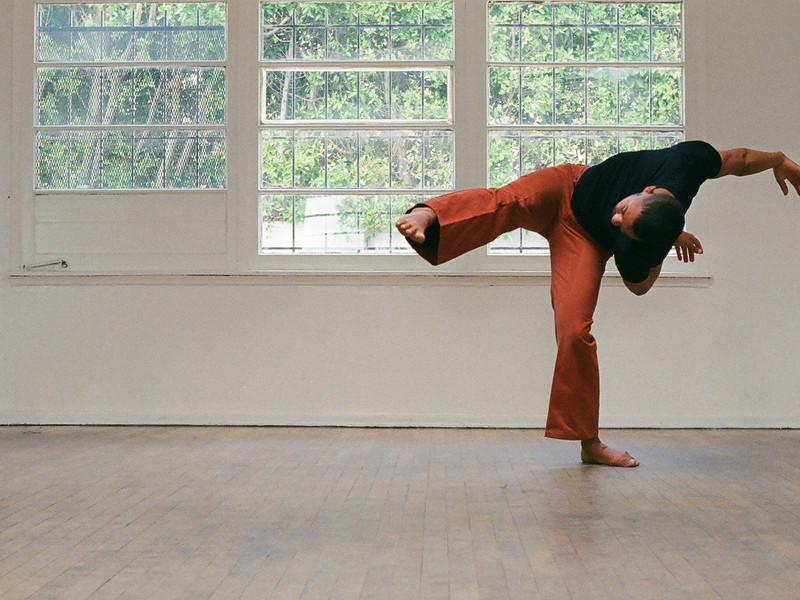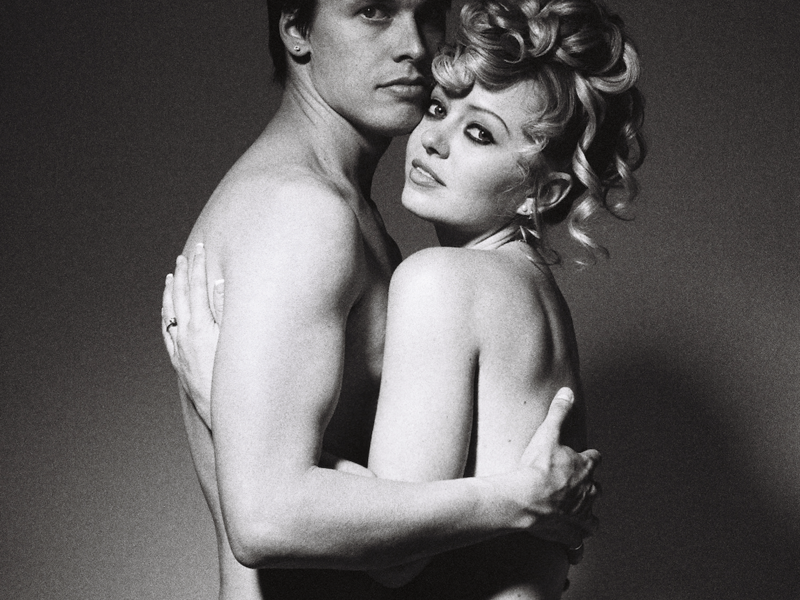Beyond Fame

office sat down with Oyer to discuss his love for the lens, how his photography practice intersects with his performance art, and the faces in his latest project, Portraits.
How did you start taking portraits?
In early 2019 I was producing a theatre show in Zurich and was going to thrift stores looking for costumes and props. I found a basket of cameras, each was like five or ten euros. I grabbed an Olympus in good shape. It still had a roll of film in it. I started taking pictures of people around me. I’ve always loved Warhol’s approach to photography — building an archive of faces and stories.
Did music come first?
Yes. Music started as a child, singing in church and school choirs, and doing community theatre. I studied classical voice as a teen and was a competitive opera singer, believe it or not. Then I studied sculpture in university, and since then I’ve been exploring ways of putting music, theatre, and visual art together into my projects. So I’ve ended up being around a lot of creative people.
What do you look for when creating an image?
It is always a moment. I don’t do staged shoots, like in a studio. I shoot on the fly, out and about, at the moment. As I’ve continued to build an archive of portraits I’ve learned more about lighting, film qualities, and what the camera responds to. But it’s always about wanting to capture the person, first and foremost.
Who do you like to photograph?
People around me. I’m Aquarius, so I love being social and floating between social scenes and contexts. I don’t photograph people I don’t know — so I focus on capturing friends, lovers, mentors, and cultural “icons”. I don’t stop people on the street based on their looks or style. This way of photographing feels more intimate for me and I think you can see that in the photos.
Is there something that connects your various subjects?
Admiration. I don’t care whether someone is super well-known or not. When I’m taking a photo it feels impulsive because it’s unstaged but really there is a deeper research impetus of archiving people in places at a certain time. I like the idea of photographing the same person over many years and seeing time and age and a story.
What was the most important detail when curating the pages of Portraits?
Layouts. Because there is one picture per page, each spread is a coupling. I like making connections between people who are side-by-side. Sometimes it’s obvious and sometimes it’s idiosyncratic and maybe only I understand the meaning of the pairing. Either way, people have their own ideas when they flip through the book, which I love.
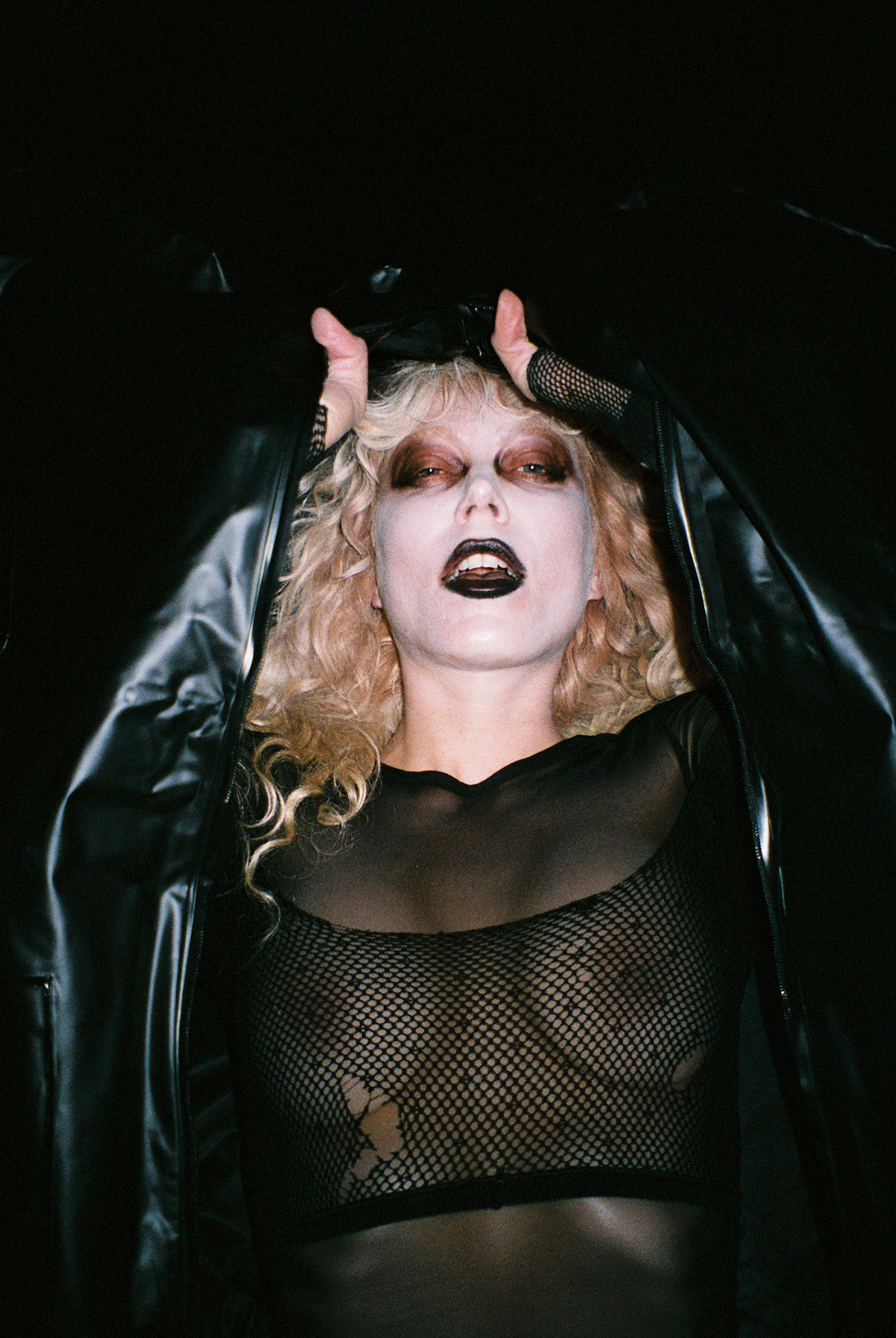
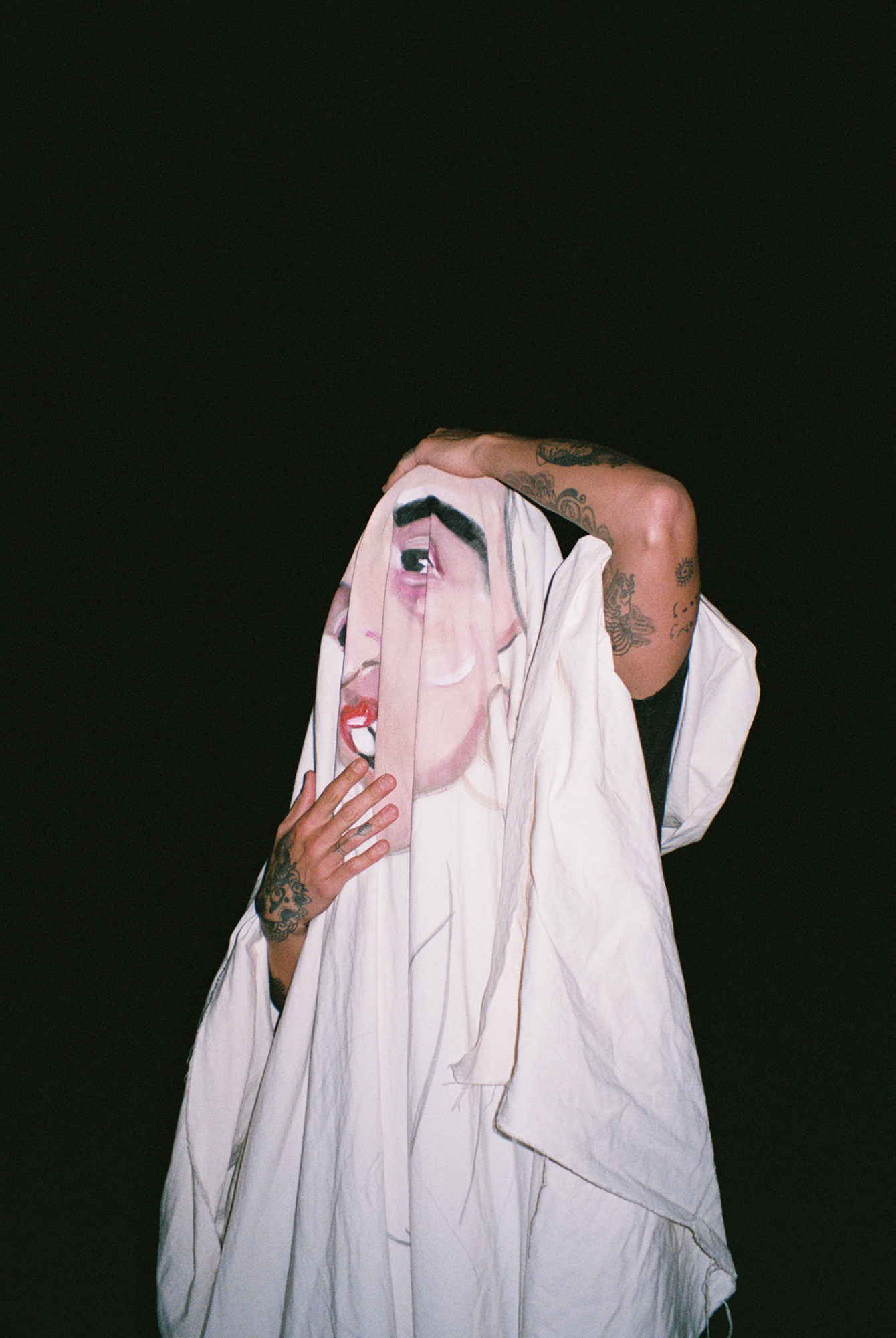
If your photos create a realm, what emotions inhabit it?
Trust. Taking someone’s picture can be invasive or domineering, which I don’t particularly enjoy. I’m also not behaving as a voyeur. I want to create an immediate sense of trust between myself and my subject — as much as possible in the few seconds it takes to get the shot. I want people to feel confident or sexy or powerful in front of my camera.
How has your practice evolved since your first published book?
The first book was comprised of portraits from 2019-2021. I’m working chronologically. The first book was received well, it sold out and was collected by museums. I guess what evolved is that my hobby of taking portraits became a thing formalized in a book. Now two books. With this came opportunities to expand beyond singular portraits and into photo stories. For example, I documented Violet Chachki and Gottmik backstage at their Halloween show and I just shot a special Polaroid project with Charles Jeffrey for their runway show in Milan.
Are there any moments that stand out when reflecting on any of the portraits in the book? What comes to mind?
Something that has particular meaning for me is having photographed people who are no longer living. These images take on an expanded meaning because they are not only memories of a specific moment but function as memories of an entire life. As an archivist, that feels important not only for me but for people who knew, loved, or admired these individuals.
How does your visual practice intersect with your performance art?
Everything speaks to each other. I often think of my work as a constellation; objects, images, music, videos orbiting each other - all in dialogue. My paintings have text like a script or spell. My objects are stand-ins for the body or function as props, theatrical. My music is operatic and demands staging, costumes, and performance. I think I’ve created a lexicon for people to engage with the different disciplines I work with.
What’s next for you?
I’m excited to work on new large-scale paintings and some music collaborations. 2023 has been busy! In February I had a solo exhibition in Los Angeles called Hollywood Angel. Then I released a techno album BERLIN ALIEN, toured my show VENUS in Europe, and released this new photo book, all in a few months. Now I want to be in the studio! I’m excited to explore more backstage photo projects, documenting behind-the-scenes intimacies for creative friends. And of course, more portraits.
